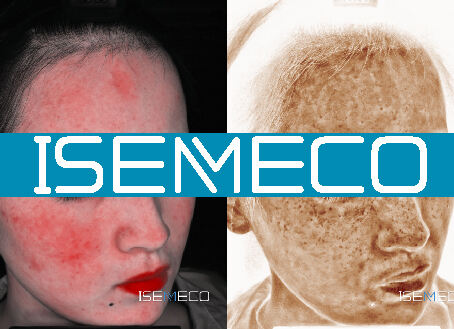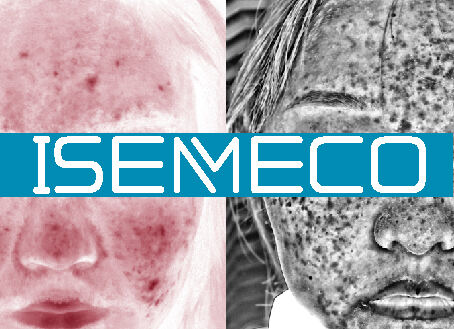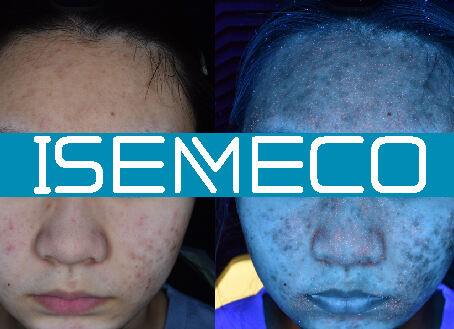What is skin pigmentation analysis? How is it conducted?
What is skin pigmentation analysis? How is it conducted?
Revolutionizing Dermatology: The Rise of skin pigmentation analysis and Advanced skin pigmentation analysis.

In recent years, the field of dermatology has witnessed remarkable advancementsfueled by technology, and one of the most groundbreaking innovations is skin pigmentation analysis. This sophisticated method allows for a comprehensive understanding of skin conditions, enabling both dermatologists and patients to make informed decisions regarding skincare and treatment. The emergence of advanced skin analyzer has transformed this analysis, offering deeper insights into the complexities of skin pigmentation analysis.
- Understanding skin pigmentation analysis
- skin pigmentation analysis refers to the systematic examination and evaluation of the skin’s pigmentary characteristics, including melanin, hemoglobin, and carotenoid levels. By assessing skin pigmentation, dermatologists can identify various skin conditions, ranging from hyperpigmentation and melasma to vitiligo and other skin disorders. This analysis plays a crucial role in developing tailored treatment plans that cater to individual needs.

- The process involves various techniques, including visual examinations, digital imaging, and colorimetric assessments. Traditionally, dermatologists relied on their expertise and handcrafted tools, but recent advancements have integrated technology to enhance accuracy and efficiency.
- Advanced Skin Analyzers: The Technological Leap
At the forefront of this revolution are advanced skin analyzers. These sophisticated devices utilize a combination of multi-spectral imaging, artificial intelligence, and dermatological science to provide detailed insights into skin conditions. By capturing images of the skin in various wavelengths, these analyzers can detect and quantify pigmentation irregularities that are often invisible to the naked eye.

One of the key benefits of using skin analyzers is their ability to provide objective data. Unlike traditional examination methods that may rely on subjective interpretation, skin analyzers offer quantifiable metrics. This feature significantly enhances diagnostic accuracy, allowing for better treatment decisions.
- How skin pigmentation analysis Works
The skin pigmentation analysis analysis process typically follows several key steps:
1. **Preparation**: The skin is cleansed to remove any makeup, oils, or contaminants that may interfere with the analysis. Patients are usually advised to arrive with clean skin.
2. **Image Capture**: Using a skin analyzer, the dermatologist captures high-resolution images of the affected areas in multiple light spectra. This step is crucial, as it allows for a thorough assessment of the pigmentation.
3. **Data Processing**: The captured images are processed using advanced algorithms that analyze color and texture patterns, distinguishing between various types of pigments.
4. **Analysis and Reporting**: The results are generated in real-time, providing a comprehensive report that outlines the pigment composition, the extent of discoloration, and possible underlying causes related to the patient’s health, lifestyle, or environmental factors.
5. **Treatment Planning**: Based on the analysis, dermatologists can recommend personalized treatment options, which may include topical treatments, laser therapy, or lifestyle changes aimed at improving skin health.
- Applications of skin pigmentation analysis
The applications of skin pigmentation analysis are vast. Dermatologists utilize this technology to diagnose skin disorders like psoriasis, alopecia, and rosacea. It is particularly valuable in assessing pigmentation disorders, providing detailed information on the type and severity of pigmentary changes.
Moreover, skin analyzers are becoming increasingly popular in cosmetic dermatology. Estheticians and skincare professionals use these tools to offer personalized skincare solutions, educating clients about their skin types and what products or treatments are best suited for their needs.
Additionally, skin pigmentation analysis can play a role in preventive care. By identifying early signs of skin issues, dermatologists can recommend preventive measures, thus enhancing overall skin health and appearance.

- The Future of skin pigmentation analysis
As technology continues to evolve, the future of skin pigmentation analysis looks promising. Innovations such as portable skin analyzers and AI-driven algorithms are expected to make these assessments more accessible. The increased adoption of telemedicine allows patients to receive consultations and analyses remotely, further democratizing access to skin health resources.
Moreover, ongoing research in the field of dermatology may lead to the development of more advanced analyzers capable of diagnosing an even broader range of skin conditions. The integration of machine learning and big data analytics may enhance the predictive capabilities of these tools, allowing for proactive management of skin health.
- Conclusion
skin pigmentation analysis is emerging as a cornerstone in modern dermatology, reshaping how professionals assess and treat skin conditions. The integration of advanced skin analyzers into clinical practice is not just beneficial for dermatologists; it empowers patients with knowledge about their skin health, promoting informed choices in skincare and treatment.
As we embrace the technological advancements that enable detailed skin assessments, we are reminded of the profound impact these innovations have on overall well-being and the importance of maintaining skin health in a rapidly changing world. As awareness of these technologies grows, we anticipate a significant transformation in the landscape of dermatological practice, leading to improved outcomes for individuals invested in their skin health.
This remarkable fusion of technology and dermatology not only signifies progress in medical science but also heralds a new era of personalized skincare aimed at meeting the unique needs of every individual.

 EN
EN
 AR
AR
 BG
BG
 HR
HR
 CS
CS
 DA
DA
 NL
NL
 FI
FI
 FR
FR
 DE
DE
 EL
EL
 HI
HI
 IT
IT
 JA
JA
 KO
KO
 NO
NO
 PL
PL
 PT
PT
 RO
RO
 RU
RU
 ES
ES
 SV
SV
 TL
TL
 IW
IW
 ID
ID
 SR
SR
 SK
SK
 SL
SL
 UK
UK
 VI
VI
 SQ
SQ
 HU
HU
 TH
TH
 TR
TR
 FA
FA
 AF
AF
 MS
MS
 UR
UR
 BN
BN
 LA
LA

